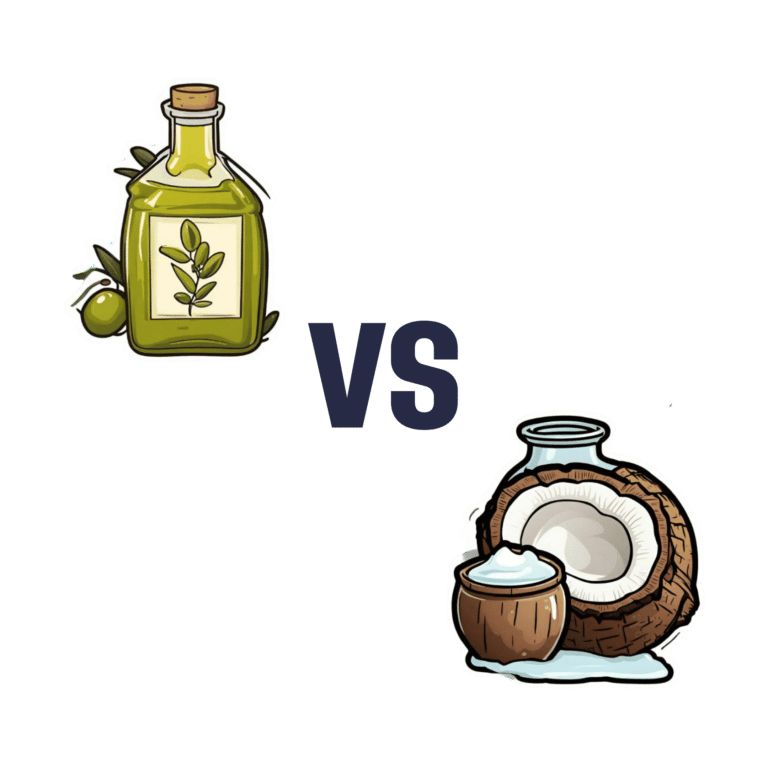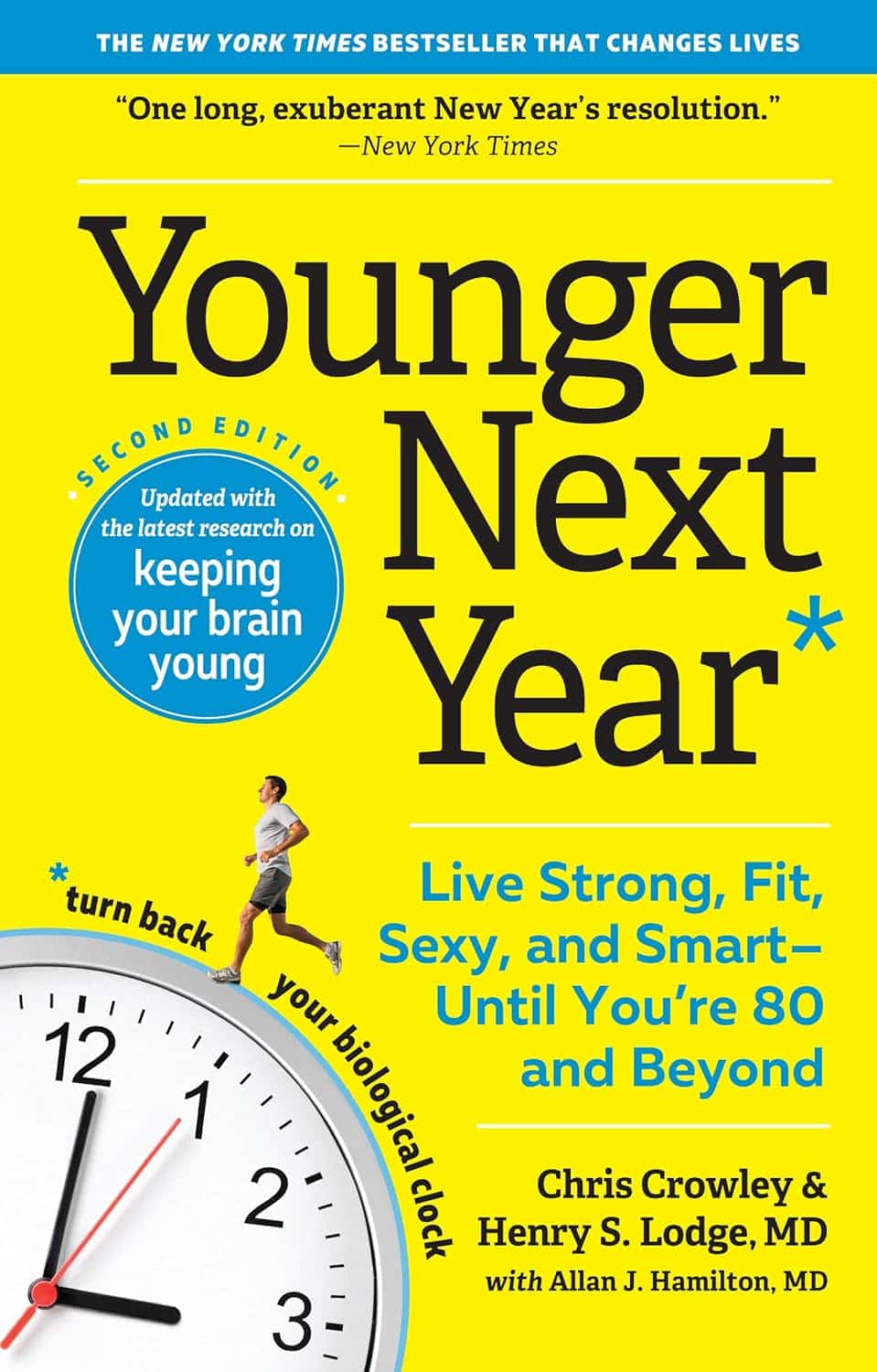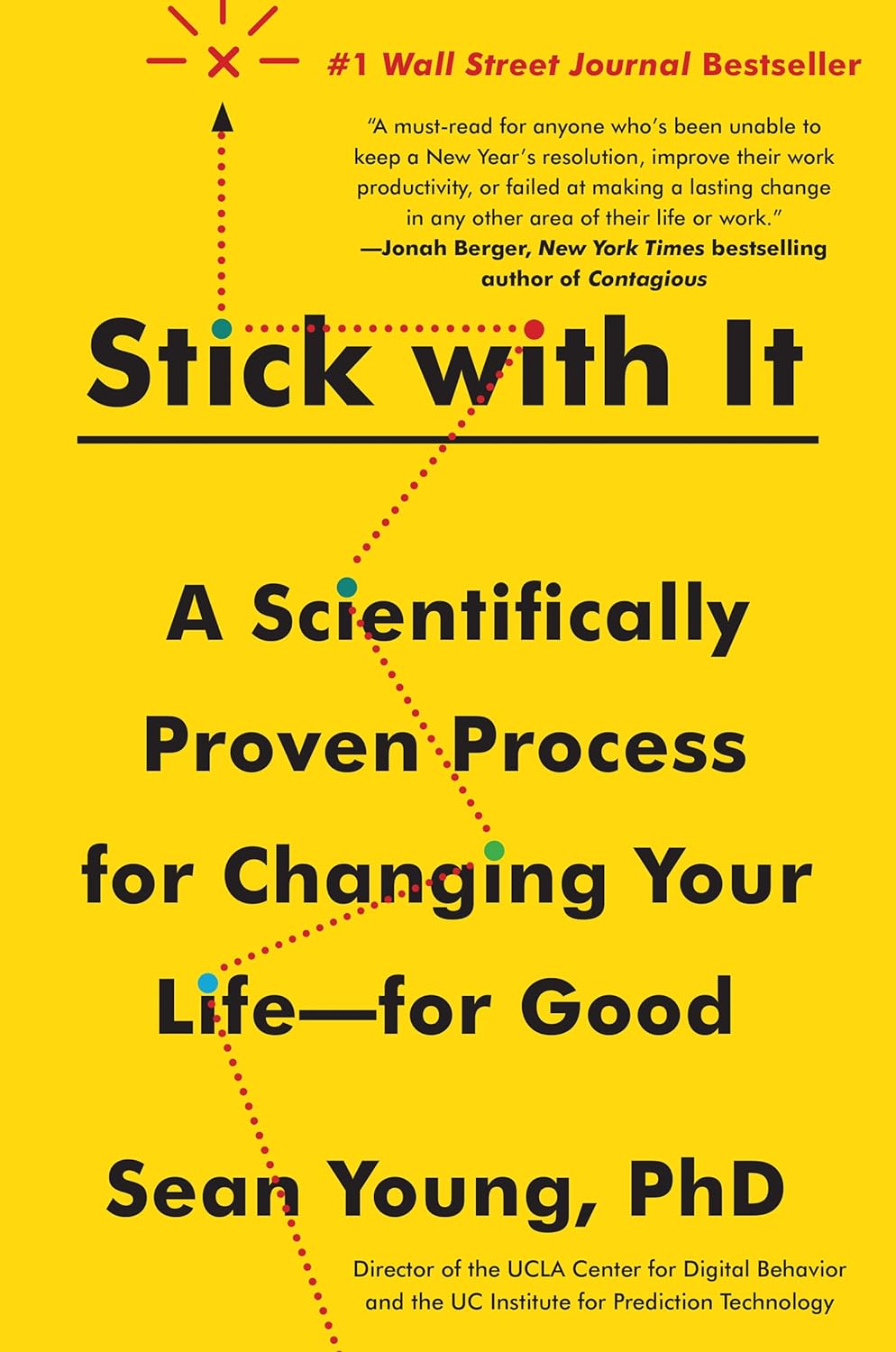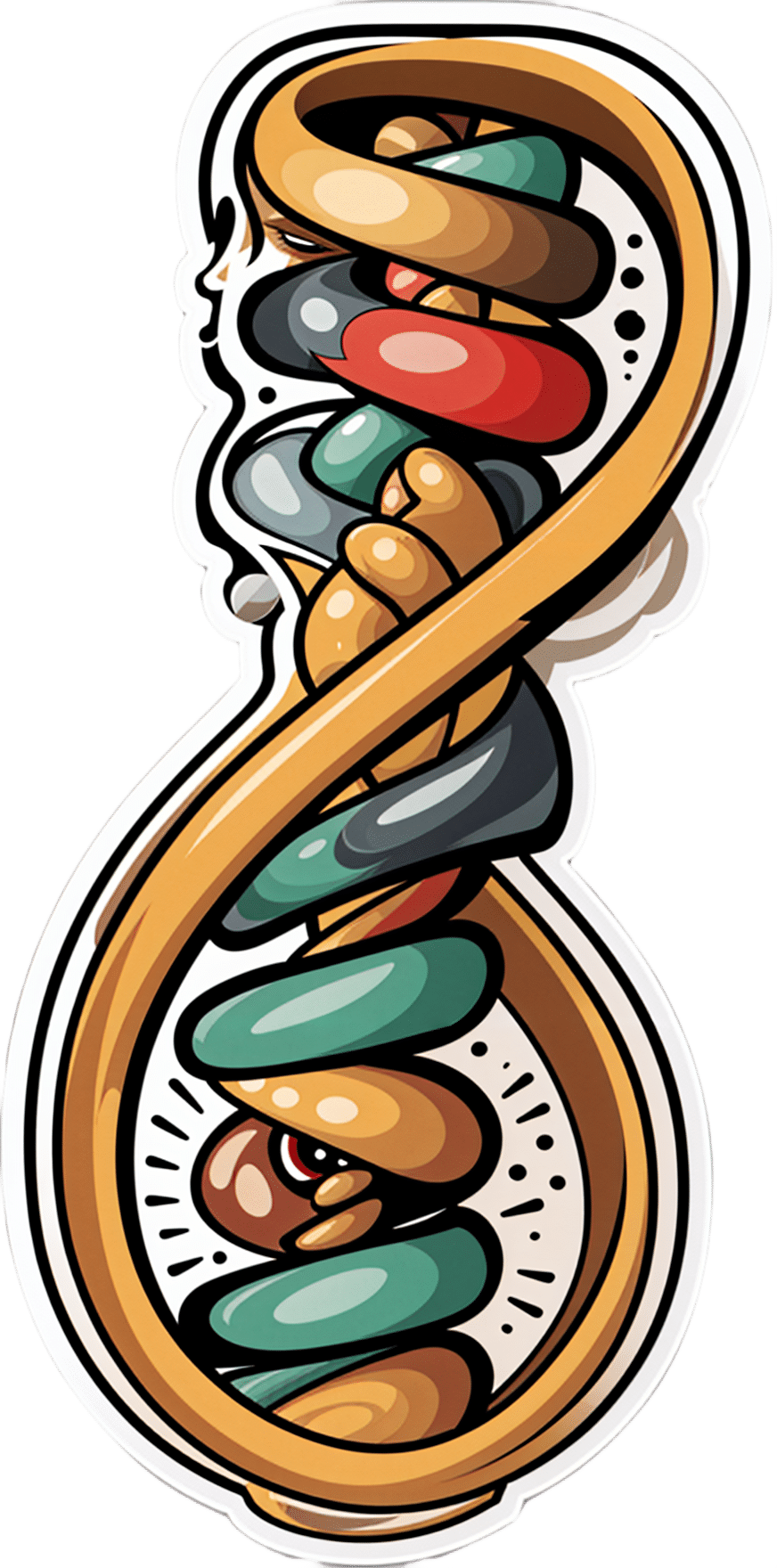
Currants vs Grapes – Which is Healthier?
10almonds is reader-supported. We may, at no cost to you, receive a portion of sales if you purchase a product through a link in this article.
Our Verdict
When comparing currants to grapes, we picked the currants.
Why?
First, a note on nomenclature: when we say “currants”, we are talking about actual currants, of the Ribes genus, and in this case (as per the image) red ones. We are not talking about “currants” that are secretly tiny grapes that also get called currants in the US. So, there are important botanical differences here, beyond how they have been cultivated; they are literally entirely different plants.
So, about those differences…
In terms of macros, currants have nearly 5x the fiber, while grapes are slightly higher in carbs. So there’s an easy choice here in terms of fiber and on the glycemic index front; currants win easily.
In the category of vitamins, currants have more of vitamins B5, B9, C, and choline, while grapes have more of vitamins A, B1, B2, B3, B6, E, and K. So, a win for grapes in this round.
When it comes to minerals, currants have more calcium, copper, iron, magnesium, phosphorus, potassium, selenium, and zinc, while grapes have more manganese. A win, therefore, for currants again this time.
In terms of polyphenols, currants have a lot more in terms of total polyphenols, including (as a matter of interest) approximately 5x the resveratrol content compared to grapes—and that’s compared to black grapes, which are the “best” kind of grapes for such. Grapes really aren’t a very good source of resveratrol; people just really like the idea of red wine being a health food, so it has been talked up a lot and got a popular reputation despite its extreme paucity of nutritional value.
In any case, adding up the sections makes for a clear overall win for currants, but by all means enjoy either or both; diversity is good!
Want to learn more?
You might like:
21 Most Beneficial Polyphenols & What Foods Have Them
Enjoy!
Don’t Forget…
Did you arrive here from our newsletter? Don’t forget to return to the email to continue learning!
Recommended
Learn to Age Gracefully
Join the 98k+ American women taking control of their health & aging with our 100% free (and fun!) daily emails:
-
10 “Healthy” Foods That Are Often Worse Than You Think
10almonds is reader-supported. We may, at no cost to you, receive a portion of sales if you purchase a product through a link in this article.
“This is healthy, it’s a…” is an easy mistake to make if one doesn’t read the labels. Here are 10 tricksters to watch out for in particular!
Don’t be fooled by healthy aesthetics on the packaging…
Notwithstanding appearances and in many cases reputations, these all merit extra attention:
- Yogurt: sweetened yogurts, especially “fruit at the bottom / in the corner” types, often have 15–30g of sugar per serving. Plain Greek yogurt is a better choice, offering 15–20g of protein with no added sugar. You can always add fresh fruits or spices like sweet cinnamon for flavor without added sugar.
- Oatmeal: prepackaged oatmeal can contain 12–15 grams of added sugar per serving, similar to a glazed donut. Additionally, finely milled oats (as in “instant” oatmeal) can cause blood sugar spikes by itself, due to the loss of fiber. Better is plain oats, and if you like, you can sweeten them naturally with sweet cinnamon and/or fresh fruit for a healthier breakfast.
- Sushi: while sushi contains nutritious fish, it often has too much white rice (and in the US, sushi rice is also often cooked with sugar to “improve” the taste and help cohesion) and sugary sauces. This makes many rolls much less healthy. So if fish (the sashimi component of sushi) is your thing, then focus on that, and minimize sugar intake for a more balanced meal.
- Baked beans: store-bought baked beans can have up to 25g of added sugar per cup, similar to soda. Better to opt for plain beans and prepare them at home so that nothing is in them except what you personally put there.
- Deli meats: deli meats are convenient but often are more processed than they look, containing preservatives linked to health risks. Fresh, unprocessed meats like chicken or turkey breast are healthier and can still be cost-effective when bought in bulk.
- Fruit juices: fruit juices lack fiber (meaning their own natural sugars also become harmful, with no fiber to slow them down) and often contain added sugars too. Eating whole fruits is a much better way to get fiber, nutrients, and controlled healthy sugar intake.
- Hazelnut spread: hazelnut spreads are usually 50% added sugar and contain unhealthy oils like palm oil. So, skip those, and enjoy natural nut butters for healthier fats and proteins.
- Granola: granola is often loaded with added sugars and preservatives, so watch out for those.
- Sports drinks: sports drinks, with 20–25g of added sugar per serving, are unnecessary and unhelpful (except, perhaps, in case of emergency for correcting diabetic hypoglycemia). Stick to water or electrolyte drinks—and even in the latter case, check the labels for added sugar and excessive sodium!
- Dark chocolate: dark chocolate with 80% or more cocoa has health benefits but still typically contains a lot of added sugar. Check labels carefully!
For more on each of these, enjoy:
Click Here If The Embedded Video Doesn’t Load Automatically!
Want to learn more?
You might also like to read:
From Apples to Bees, and High-Fructose Cs: Which Sugars Are Healthier, And Which Are Just The Same?
Take care!
Share This Post
-
Watermelon vs Cucumber – Which is Healthier?
10almonds is reader-supported. We may, at no cost to you, receive a portion of sales if you purchase a product through a link in this article.
Our Verdict
When comparing watermelon to cucumber, we picked the cucumber.
Why?
Both are good! But in the battle of the “this is mostly water” salad items, cucumber wins out.
In terms of macros they both are, as we say, mostly water. However, watermelon contains more sugar for the same amount of fiber, contributing to cucumber having the lower glycemic index.
When it comes to vitamins, watermelon does a little better; watermelon has more of vitamins A, B1, B3, B6, C, and E, while cucumber has more of vitamins B2, B5, B9, K, and choline. So, a modest 6:5 win for watermelon.
In the category of minerals, it’s a different story; watermelon has more selenium, while cucumber has more calcium, iron, magnesium, manganese, phosphorus, potassium, and zinc.
Both contain an array of polyphenols; mostly different ones from each other.
As ever, enjoy both. However, adding up the sections, we say cucumber enjoys a marginal win here.
Want to learn more?
You might like to read:
Take care!
Share This Post
-
A Surprisingly Powerful Tool: Eye Movement Desensitization & Reprocessing
10almonds is reader-supported. We may, at no cost to you, receive a portion of sales if you purchase a product through a link in this article.
Eye Movement Desensitization & Reprocessing (EMDR)
What skeletons are in your closet? As life goes on, most of accumulate bad experiences as well as good ones, to a greater or lesser degree. From clear cases of classic PTSD, to the widely underexamined many-headed beast that is C-PTSD*, our past does affect our present. Is there, then, any chance for our future being different?
*PTSD is typically associated with military veterans, for example, or sexual assault survivors. There was a clear, indisputable, Bad Thing™ that was experienced, and it left a psychological scar. When something happens to remind us of that—say, there are fireworks, or somebody touches us a certain way—it’ll trigger an immediate strong response of some kind.
These days the word “triggered” has been popularly misappropriated to mean any adverse emotional reaction, often to something trivial.
But, not all trauma is so clear. If PTSD refers to the result of that one time you were smashed with a sledgehammer, C-PTSD (Complex PTSD) refers to the result of having been hit with a rolled-up newspaper every few days for fifteen years, say.
This might have been…
- childhood emotional neglect
- a parent with a hair-trigger temper
- bullying at school
- extended financial hardship as a young adult
- “just” being told or shown all too often that your best was never good enough
- the persistent threat (real or imagined) of doom of some kind
- the often-reinforced idea that you might lose everything at any moment
If you’re reading this list and thinking “that’s just life though”, you might be in the estimated 1 in 5 people with (often undiagnosed) C-PTSD.
For more on C-PTSD, see our previous main feature:
So, what does eye movement have to do with this?
Eye Movement Desensitization & Reprocessing (EMDR) is a therapeutic technique whereby a traumatic experience (however small or large; it could be the memory of that one time you said something very regrettable, or it could be some horror we couldn’t describe here) is recalled, and then “detoothed” by doing a bit of neurological jiggery-pokery.
How the neurological jiggery-pokery works:
By engaging the brain in what’s called bilateral stimulation (which can be achieved in various ways, but a common one is moving the eyes rapidly from side to side, hence the name), the event can be re-processed, in much the same way that we do when dreaming, and relegated safely to the past.
This doesn’t mean you’ll forget the event; you’d need to do different exercises for that.
See also our previous main feature:
The Dark Side Of Memory (And How To Make Your Life Better)
That’s not the only aspect of EMDR, though…
EMDR is not just about recalling traumatic events while moving your eyes from side-to-side. What an easy fix that would be! There’s a little more to it.
The process also involves (ideally with the help of a trained professional) examining what other memories, thoughts, feelings, come to mind while doing that. Sometimes, a response we have today associated with, for example, a feeling of helplessness, or rage in conflict, or shame, or anything really, can be connected to previous instances of feeling the same thing. And, each of those events will reinforce—and be reinforced by—the others.
An example of this could be an adult who struggles with substance abuse (perhaps alcohol, say), using it as a crutch to avoid feelings of [insert static here; we don’t know what the feelings are because they’re being avoided], that were first created by, and gradually snowballed from, some adverse reaction to something they did long ago as a child, then reinforced at various times later in life, until finally this adult doesn’t know what to do, but they do know they must hide it at all costs, or suffer the adverse reaction again. Which obviously isn’t a way to actually overcome anything.
EMDR, therefore, seeks to not just “detooth” a singular traumatic memory, but rather, render harmless the whole thread of memories.
Needless to say, this kind of therapy can be quite an emotionally taxing experience, so again, we recommend trying it only under the guidance of a professional.
Is this an evidence-based approach?
Yes! It’s not without its controversy, but that’s how it is in the dog-eat-dog world of academia in general and perhaps psychotherapy in particular. To give a note to some of why it has some controversy, here’s a great freely-available paper that presents “both sides” (it’s more than two sides, really); the premises and claims, the criticisms, and explanations for why the criticisms aren’t necessarily actually problems—all by a wide variety of independent research teams:
Research on Eye Movement Desensitization & Reprocessing (EMDR) as a Treatment for PTSD
To give an idea of the breadth of applications for EMDR, and the evidence of the effectiveness of same, here are a few additional studies/reviews (there are many):
- An Eye Movement Desensitization and Reprocessing (EMDR) Group Intervention for Syrian Refugees With Post-traumatic Stress Symptoms: Results of a Randomized Controlled Trial
- Cognitive Behavioral Therapy vs. Eye Movement Desensitization and Reprocessing for Treating Panic Disorder: A Randomized Controlled Trial
- Eye movement desensitization and reprocessing (EMDR) therapy in the treatment of depression: a matched pairs study in an inpatient setting
- Emergency room intervention to prevent post concussion-like symptoms and post-traumatic stress disorder. A pilot randomized controlled study of a brief eye movement desensitization and reprocessing intervention versus reassurance or usual care
As for what the American Psychiatric Association says about it:
❝After assessing the 120 outcome studies pertaining to the focus areas, we conclude that for two of the areas (i.e., PTSD in children and adolescents and EMDR early interventions research) the strength of the evidence is rated at the highest level, whereas the other areas obtain the second highest level.❞
Source: The current status of EMDR therapy, specific target areas, and goals for the future
Want to learn more?
To learn a lot more than we could include here, check out the APA’s treatment guidelines (they are written in a fashion that is very accessible to a layperson):
APA | Eye Movement Desensitization and Reprocessing (EMDR) Therapy
Take care!
Share This Post
Related Posts
-
Younger Next Year – by Chris Crowley & Dr. Henry Lodge
10almonds is reader-supported. We may, at no cost to you, receive a portion of sales if you purchase a product through a link in this article.
Is it diet and exercise? Well, of course that’s a component. Specific kinds of exercise, too. But, as usual when we feature a book, there’s more:
In this case, strong throughout is the notion of life being a marathon not a sprint—and training for it accordingly.
Doing the things now that you’ll really wish you’d started doing sooner, and finding ways to build them into daily life.
Not just that, though! The authors take a holistic approach to life and health, and thus also cover work life, social life, and so forth. Now, you may be thinking “I’m already in the 80 and beyond category; I don’t work” and well, the authors advise that you do indeed work. You don’t have to revamp your career, but science strongly suggests that people who work longer, live longer.
Of course that doesn’t have to mean going full-throttle like a 20-year-old determined to make their mark on the world (you can if you want, though). It could be volunteering for a charity, or otherwise just finding a socially-engaging “work-like” activity that gives you purpose.
About the blend of motivational pep talk and science—this book is heavily weighted towards the former. It has, however, enough science to keep it on the right track throughout. Hence the two authors! Crowley for motivational pep, and Dr. Lodge for the science (with extra input from brain surgeon Dr. Hamilton, too).
Bottom line: if you want to feel the most prepared possible for the coming years and decades, this is a great book that covers a lot of bases.
Click here to check out “Younger Next Year” and get de-aging!
Don’t Forget…
Did you arrive here from our newsletter? Don’t forget to return to the email to continue learning!
Learn to Age Gracefully
Join the 98k+ American women taking control of their health & aging with our 100% free (and fun!) daily emails:
-
Stick with It – by Dr. Sean Young
10almonds is reader-supported. We may, at no cost to you, receive a portion of sales if you purchase a product through a link in this article.
Most of us know the theory when it comes to building new habits and/or replacing old ones, and maybe we even implement those ideas. So why is our success rate still not as high as we think it should be?
Dr. Sean Young is here to do science to it!
This book comes with advice and explanations that rely a lot less on “that sounds reasonable” and a lot more on “in this recent high-quality study, researchers found…”
And, at 10almonds, we love that. We’re all for trying new things that sound reasonable in general… but we definitely prefer when there’s a stack of solid science to point to, and that’s the kind of thing we recommend!
Dr. Young is big on using that science to find ways to trick our brains and get them working the way we want.
Each chapter has lots of science, lots of explanations, and lots of actionable step-by-step advice.
Bottom line: if you’re all over “Atomic Habits”, this one’s the science-based heavy-artillery for your practical neurohacking.
Don’t Forget…
Did you arrive here from our newsletter? Don’t forget to return to the email to continue learning!
Learn to Age Gracefully
Join the 98k+ American women taking control of their health & aging with our 100% free (and fun!) daily emails:
-
Hormone Replacement
10almonds is reader-supported. We may, at no cost to you, receive a portion of sales if you purchase a product through a link in this article.
It’s Q&A Day at 10almonds!
Have a question or a request? You can always hit “reply” to any of our emails, or use the feedback widget at the bottom!
In cases where we’ve already covered something, we might link to what we wrote before, but will always be happy to revisit any of our topics again in the future too—there’s always more to say!
As ever: if the question/request can be answered briefly, we’ll do it here in our Q&A Thursday edition. If not, we’ll make a main feature of it shortly afterwards!
So, no question/request too big or small
❝I cant believe 10 Almonds addresses questions. Thanks. I see the word symptoms for menopause. I don’t know what word should replace it but maybe one should be used or is symptom accurate? And I recently read that there was a great disservice for women in my era as they were denied/scared of hormones replacement. Unnecessarily❞
You’d better believe it! In fact we love questions; they give us things to research and write about.
“Symptom” is indeed an entirely justified word to use, being:
- General: any phenomenon or circumstance accompanying something and serving as evidence of it.
- Medical: any phenomenon that arises from and accompanies a particular disease or disorder and serves as an indication of it.
If the question is more whether the menopause can be considered a disease/disorder, well, it’s a naturally occurring and ultimately inevitable change, yes, but then, so is cancer (it’s in the simple mathematics of DNA replication and mutation that, unless a cure for cancer is found, we will always eventually get cancer, if nothing else kills us first).
So, something being natural/inevitable isn’t a reason to not consider it a disease/disorder, nor a reason to not treat it as appropriate if it is causing us harm/discomfort that can be safely alleviated.
Moreover, and semantics aside, it is medical convention to consider menopause to be a medical condition, that has symptoms. Indeed, for example, the US’s NIH (and its constituent NIA, the National Institute of Aging) and the UK’s NHS, both list the menopause’s symptoms, using that word:
- NIA (NIH): What are the signs and symptoms of menopause?
- NHS: Common symptoms of menopause and perimenopause
With regard to fearmongering around HRT, certainly that has been rife, and there were some very flawed (and later soundly refuted) studies a while back that prompted this—and even those flawed studies were not about the same (bioidentical) hormones available today, in any case. So even if they had been correct (they weren’t), it still wouldn’t be a reason to not get treatment nowadays, if appropriate!
Don’t Forget…
Did you arrive here from our newsletter? Don’t forget to return to the email to continue learning!
Learn to Age Gracefully
Join the 98k+ American women taking control of their health & aging with our 100% free (and fun!) daily emails:







